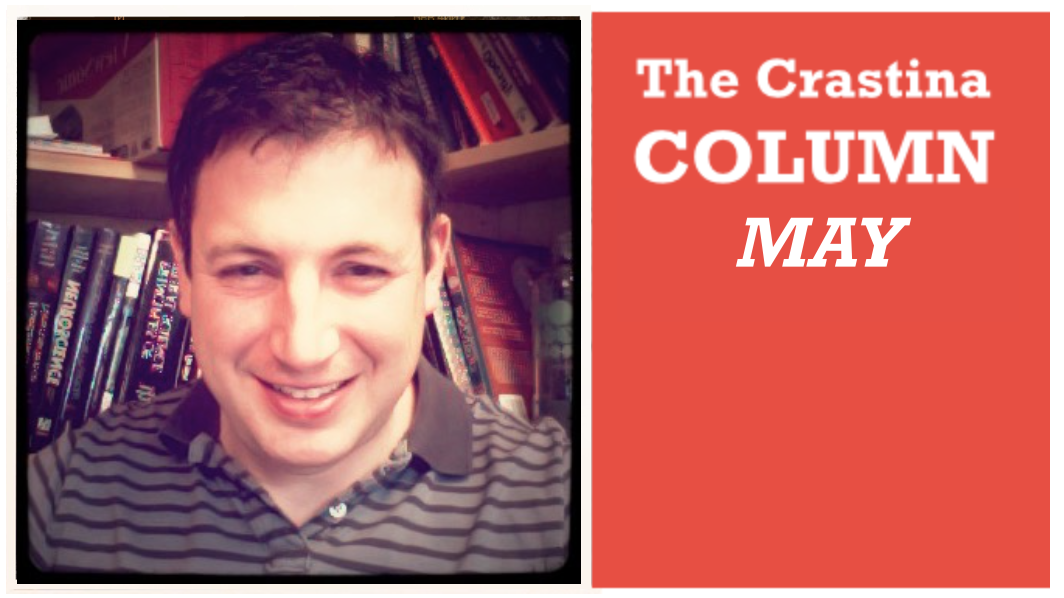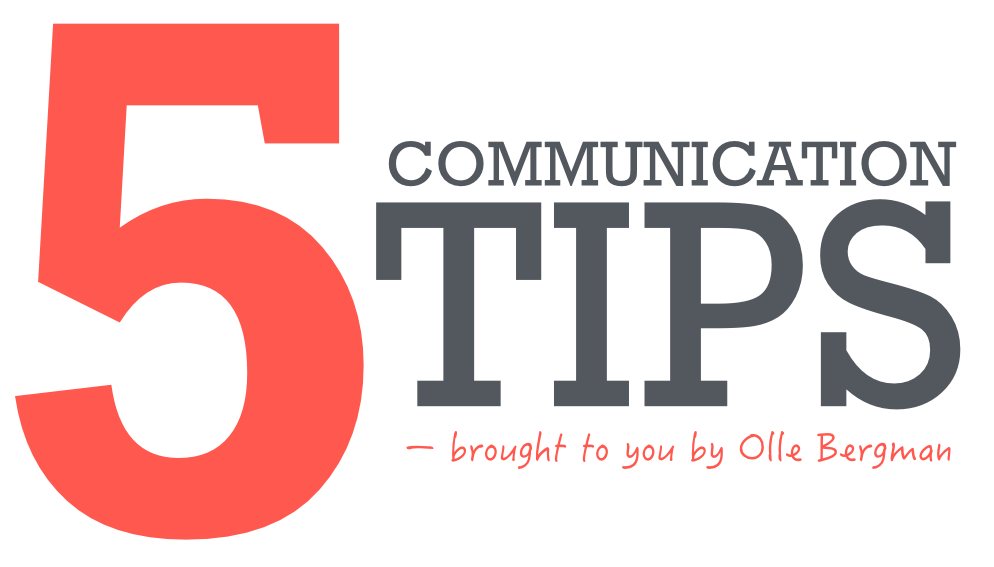Posts

What Scientists Can Learn From Designers (Matt Carter, May 2015)
According to neurobiologist Matt Carter, scientists often do a poor job at designing for example articles, scientific posters, and talks. But there are many core communication skills that could rather easily be acquired from professional designers.

If you love science: avoid scienceyness like the plague
Scienceyness is something we all should stay away from. The word was recently coined in an article on medium.com by Ben Thomas—author, journalist and independent researcher. His message in short: stop sharing this kind of rubbish!

The-best-poster-ever-made interview: James O’Hanlon, Macquarie University
I was quite delighted when I stumbled upon the research poster below the other week. For years, I have searched for the Holy Grail of research posters, and suddenly it was there, designed by the Australian zoologist, researcher & science communicator James O’Hanlon.

5 TIPS #2: How to succeed as a fact-seeking interviewer
How do you get to hear really interesting stuff when you’re gathering facts, experience and opinion during an interview for an article, report, etc? By establishing trust between you and the interviewee!

New biweekly pdf article format: 5 TIPS
Starting tomorrow, I will publish a biweekly article with communication tips at LinkedIn. Being very eager to get started, I have decided to create a preview edition for the Crastina readers.

Andreas Møgelhøj, The Geek That Speaks: ”My dream is to create a tech talk revolution”
Andreas Møgelhøj, Danish chemist and physicist, presents some really inspiring videos on the art of tech talks exploring themes like ”The Curse of Knowledge” and the ”Big Picture Secret”.

Using the 5 Ws for Science Writing
Science writing, in some respects, is no different to other types of journalistic writing. It is about: Who?, What?, Why?, When?, Where? and (w)How?
Who? It is helpful to contextualise any story, we want to know which genius is responsible…

